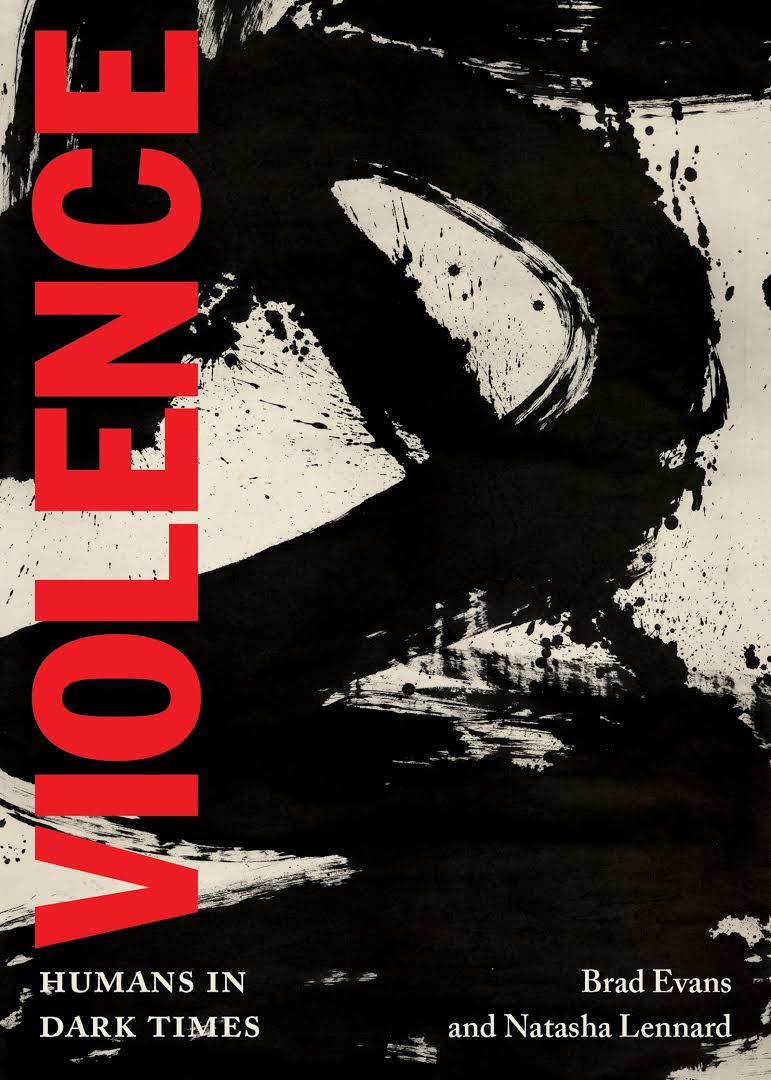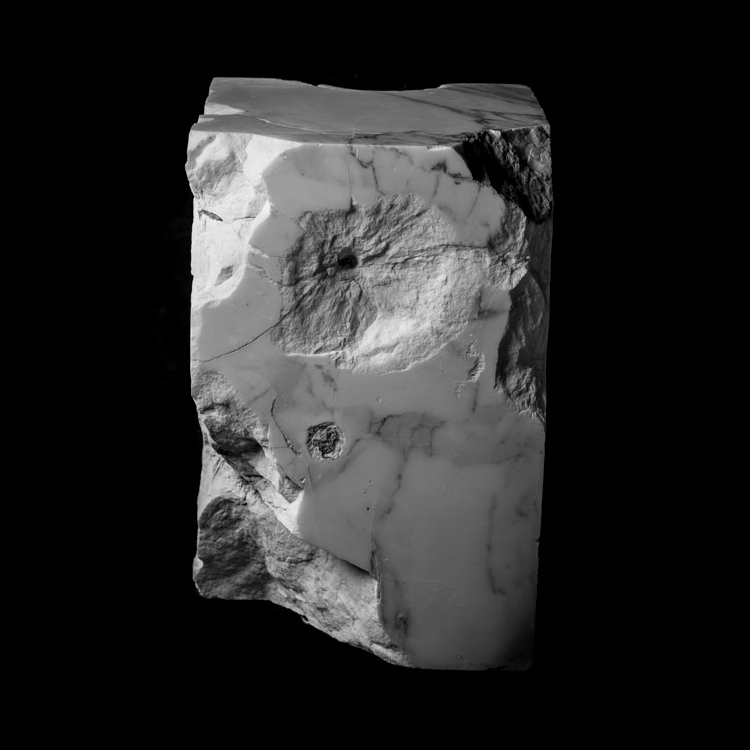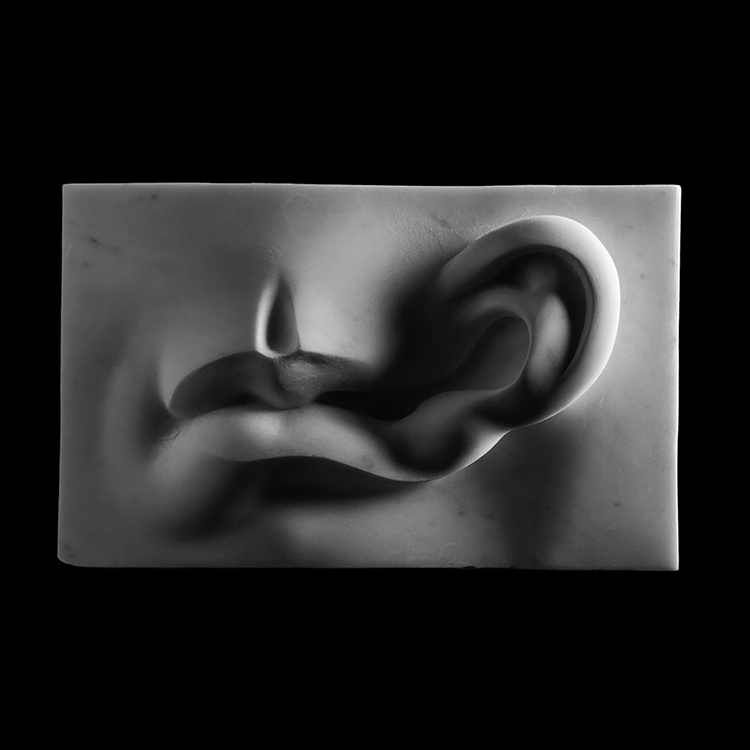The discussion is restricted to physical violence. Violence is behaviour that uses physical force in order to cause damage, harm or death to some living thing.
Violence cannot be reduced to an isolated act. It is not a single act that breaks a continuum of nonviolence or peace. Violence is best understood as a historical cycle of violence and counterviolence. To understand violence concretely, we must grasp it historically as part of a cycle of action and reaction. Robert Young: “Violence is a phenomenon that has a history”.
We are trapped in deep historical cycles of violence where justice is understood as vengeance or revenge.
Theatre can help. The history of Greek tragedy is the history of violence and war. War and its devastating effects on human life is the frame of tragedy. To see the bloody events of the contemporary world I a tragic light exposes us to a disorder that is not just someone else’s disorder. It is our disorder, and theatre at it best asks us to take the time to reflect on this.
Shakespeare’s drama is a meditation on political violence and its effect on the psychological. He had a deep understanding of the nature of political power and its relation to violence and the claims and counterclaims of justice.
The point of Shakespeare is to get us to confront the violence of our own histories.
Sport is the continuation of war by other means. Sport is obviously violence, and it is violence that we want to see. But sport is not just a gladiatorial spectacle of violence. It is violence honed into skill and expertise; it is “sublimation”. It is violence refined and elevated. And sporting drama is made possible through an elaborate set of rules, which have to be observed and with which all parties agree.
Sport is a wonderful example of how violence can be both made spectacular and harnessed for nonviolent ends. At its best, one accepts defeat, respects the opponent, and moves on.
Art can give us an account of the history of violence from which we emerge and can offer us the possibility of a suspension of that violence. Art can provide an image for our age.
Kendrick’s Lamar’ To Pimp a Butterfly as a powerful response to racialized violence.
Art does not give us the answer, but it allows us to ask the right questions. It can give us a picture of the violence of our time more powerfully than any news report.

































